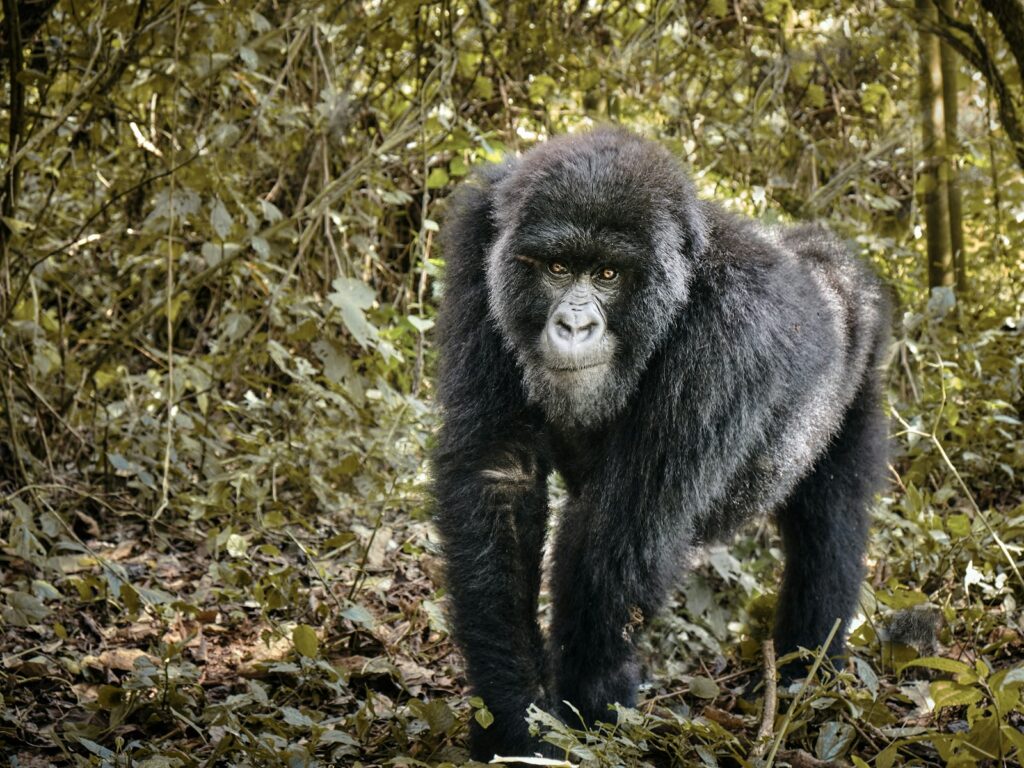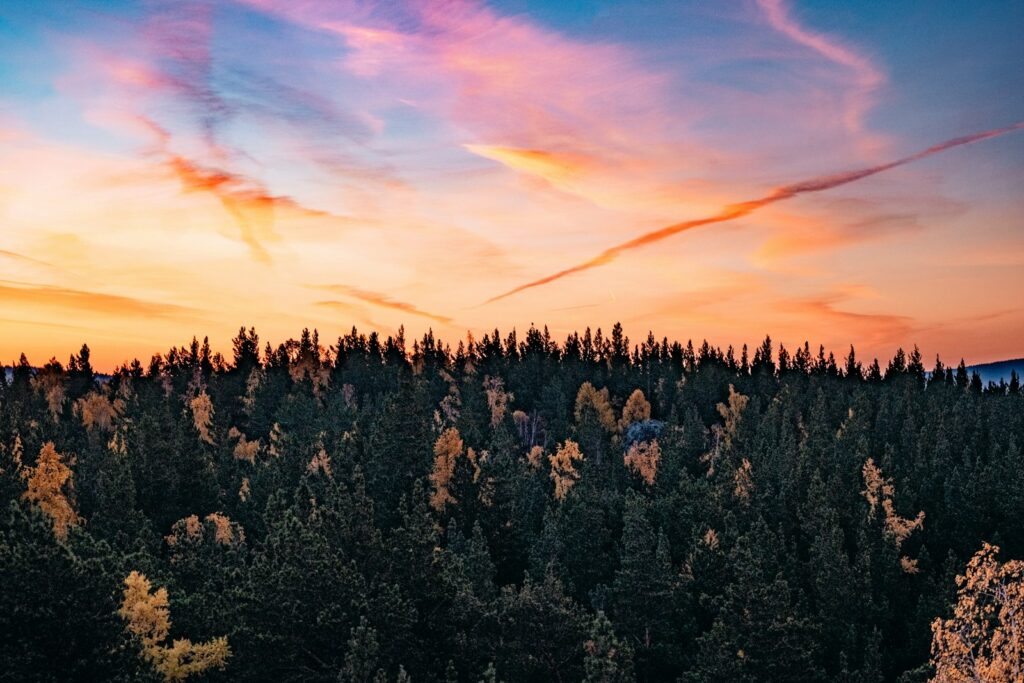Heart of Nature: In the vast expanses of the Earth, ancient forests stand as guardians of biodiversity, carbon sinks, and havens for wildlife. From the towering canopies of tropical rainforests to the tranquil serenity of temperate woodlands, these majestic ecosystems inspire awe and wonder in all who venture into their embrace. Join us as we embark on a journey to explore the world’s largest forests, where every tree tells a story of resilience, interconnectedness, and the enduring power of nature.
1. Amazon Rainforest (South America)
Stretching across nine countries in South America, the Amazon Rainforest is the largest tropical rainforest on Earth and a biodiversity hotspot of global significance. Home to an estimated 390 billion individual trees and millions of species of plants and animals, the Amazon teems with life in every corner. Explore the winding rivers, dense canopy, and vibrant ecosystems of this ecological marvel, where jaguars roam, macaws soar, and ancient trees tower overhead.
2. Congo Basin (Africa)

Covering an area of over 500 million acres across six countries in Central Africa, the Congo Basin is the world’s second-largest tropical rainforest. With its dense canopy, meandering rivers, and rich biodiversity, the Congo Basin is a sanctuary for iconic species such as gorillas, forest elephants, and chimpanzees. Journey into the heart of this wilderness to discover hidden waterfalls, lush mangroves, and remote villages where traditional cultures thrive.
3. Taiga Forest (Russia and Canada)

Spanning the northern reaches of Russia, Canada, and Scandinavia, the Taiga Forest is the largest terrestrial biome on Earth and the world’s largest forested area. Characterized by vast expanses of coniferous trees, pristine lakes, and rugged terrain, the Taiga is home to a unique array of wildlife, including bears, wolves, and lynx. Experience the tranquility of this remote wilderness as you hike through towering forests, paddle along crystal-clear rivers, and witness the mesmerizing beauty of the Northern Lights.
4. Boreal Forest (North America)
Encompassing much of Canada and parts of Alaska, the Boreal Forest is the largest terrestrial biome in North America and the world’s largest intact forest ecosystem. With its dense stands of spruce, fir, and pine trees, the Boreal Forest provides vital habitat for migratory birds, caribou herds, and elusive predators such as wolves and wolverines. Explore the pristine lakes, winding rivers, and vast stretches of wilderness that define this iconic landscape.
5. Sundarbans Mangrove Forest (India and Bangladesh)

Located at the mouth of the Ganges-Brahmaputra Delta in India and Bangladesh, the Sundarbans Mangrove Forest is the largest contiguous mangrove forest in the world and a UNESCO World Heritage Site. With its intricate network of waterways, dense mangrove swamps, and diverse wildlife, the Sundarbans are a critical habitat for endangered species such as the Bengal tiger and the Irrawaddy dolphin. Journey into this watery wilderness to witness the symbiotic relationship between land and sea, where tigers swim and crocodiles bask in the sun.
In Conclusion, The world’s largest forests stand as symbols of resilience, biodiversity, and the enduring power of nature to inspire, heal, and sustain life. Whether you’re exploring the lush canopy of the Amazon Rainforest or the silent majesty of the Taiga, each forest ecosystem offers a glimpse into the intricate web of life that thrives within its embrace, reminding us of our interconnectedness with the natural world.
FAQs About Heart of Nature
1. Can I visit these forests as a tourist?
Many of these forests are accessible to visitors through guided tours, national parks, and protected areas. However, it’s essential to research local regulations, permits, and safety guidelines before planning your visit, as some areas may have restricted access or require special arrangements for entry.
2. Are there any eco-friendly lodging options available in these forests?
Several eco-friendly lodges, ecolodges, and wilderness retreats offer sustainable accommodation options for travelers seeking to experience the beauty of these forests while minimizing their environmental impact. Look for accommodations that prioritize conservation, community engagement, and responsible tourism practices.
3. What are some activities I can enjoy in these forests?
Depending on the forest ecosystem, activities may include hiking, wildlife viewing, birdwatching, canoeing or kayaking, camping, and guided nature tours. Each forest offers unique opportunities for exploration and adventure, allowing visitors to immerse themselves in the natural beauty and wilderness experiences of these iconic landscapes.
4. How can I contribute to the conservation of these forests?
You can support the conservation of these forests by practicing responsible tourism, respecting local regulations and wildlife, minimizing your ecological footprint, and supporting organizations and initiatives dedicated to forest conservation and sustainable development. Consider volunteering with conservation projects, donating to forest protection programs, or advocating for policies that prioritize conservation and environmental stewardship.
5. Are there any indigenous communities living in these forests?
Many of these forests are home to indigenous communities whose traditional cultures, livelihoods, and spiritual beliefs are deeply intertwined with the forest environment. When visiting these areas, it’s essential to respect indigenous rights, cultural heritage, and land tenure and seek opportunities to learn from and engage with local communities in a respectful and meaningful way.






